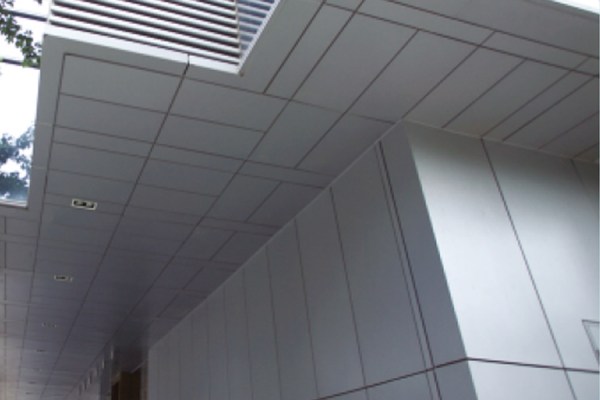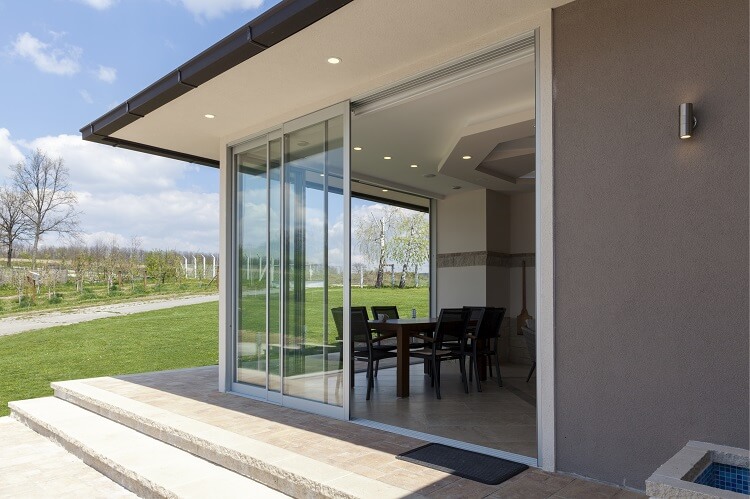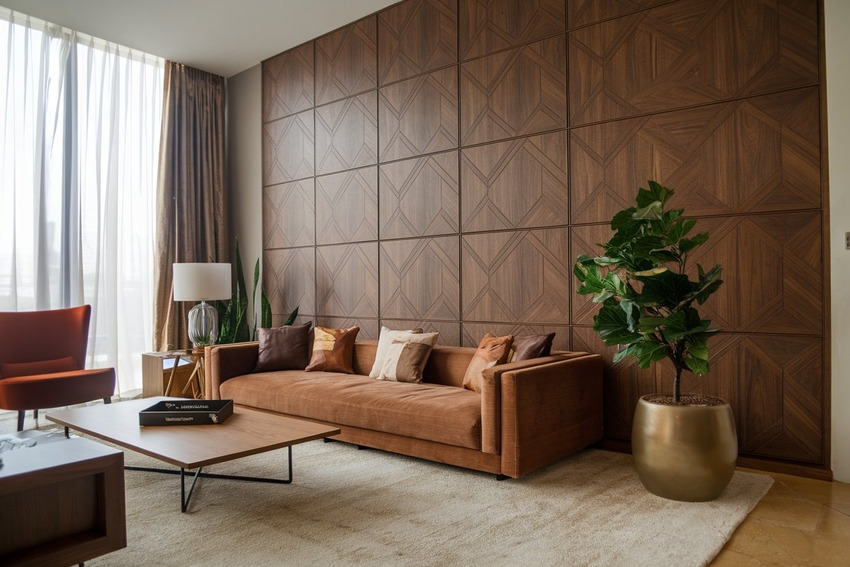Thinking about upgrading your space? Upgrading to aluminum paneling appears as one of the most effective choices you can do for walls alongside ceilings and additional elements between them.
All aluminum does not present the same qualities. You’ve got choices.
The key to achieving your desired outcome along with satisfaction in the future depends on proper selection criteria.
We will explain the information in basic terms.
What Is Aluminum Paneling?
Aluminum paneling is basically lightweight metal sheets you can install on walls, ceilings, or even exterior surfaces.
They look good.
They’re tough.
And they don’t demand a lot of maintenance.
When you hear terms like aluminum panels for walls or aluminum interior wall panels — this is what they’re talking about.
And trust me, they’re not just for factories or airports anymore.
We’re seeing them in restaurants, offices, homes — even luxury hotels.
Choosing Between Composite Panels and 100% Aluminum Panels
Here’s the deal.
There are two main types you’ll see:
- Aluminum Composite Panels (ACP): Thin layers of aluminum with a plastic core inside.
- 100% Aluminum Panels: Solid aluminum through and through, often designed with a hollow structure for extra strength and less weight.
Which One’s Better?
Honestly, it depends what you’re aiming for.
| Aluminum Composite Panel | 100% Aluminum Panel (Hollow Structure) | |
|---|---|---|
| Material | Aluminum + plastic core | Pure aluminum |
| Strength | Good, but can dent | Stronger, more durable |
| Fire Resistance | Lower | Much higher |
| Weight | Lightweight | More Lightweight with Hollow Satructure |
| Cost | Slightly cheaper | Worth the extra for performance |
| Best for | Small projects | Long-term, high-end projects |
Where Can You Use Aluminum Paneling?

Here’s the fun part.
Aluminum panels are crazy versatile.
- Interior Walls: Office lobbies, hallways, kitchens — sleek and modern.
- Ceilings: Makes the space feel bigger and cleaner.
- Commercial Spaces: Showrooms, stores, salons — anywhere you want serious style.
- Public Buildings: Airports, hospitals, malls — places that need durability + easy maintenance.
Basically, if you’ve got a wall or ceiling, aluminum paneling can make it better.
Looks That Steal the Show
Worried metal panels will look too cold or industrial?
Forget that.
Today’s aluminum wall panels come in:
- Wood grain finishes (they look like real wood — but never rot or fade)
- Matte colors
- Glossy, shiny styles
- Custom textures
Want that warm wood vibe without the maintenance headaches?
Done. Our aluminum panels nail that look — with the strength of metal behind it.
What to Look For Before You Buy

Alright, before you dive in, here’s what you need to check:
- Finish: Go for durable powder-coated finishes. They resist scratches and fading.
- Fastener System: Hidden fasteners look cleaner and make installation easier.
- Thickness: Thicker metal = stronger and longer-lasting. Don’t cheap out here.
- Warranty: Good panels should come backed with a solid warranty. No excuses.
- Customization: Need a certain size, color, or texture? Make sure it’s an option.
And always ask if the panels are easy to install.
We offer aluminum paneling systems designed for quick, clean installs to save you time and money.
Final Thoughts
When you want walls or ceilings that look incredible and last forever, aluminum paneling is the way to go.
It’s strong.
It’s stylish.
It’s low maintenance.
And it can completely change the vibe of your space — whether it’s a new home, a big office, or a commercial project.
Need help picking the right aluminum paneling? Contact us today to get a sample box and a custom quote. Let’s get your project looking its absolute best!
FAQs
Are aluminum interior wall panels good for homes?
Absolutely. They’re sleek, low maintenance, and give any room a modern edge.
What’s better for walls — composite or 100% aluminum?
If you want real durability and peace of mind, go with 100% aluminum. Composite is fine, but pure aluminum stands up better over time.
Do aluminum panels only come in silver color?
Nope! You can get wood grains, matte blacks, bronzes, whites, and tons more.
How are aluminum panels installed?
Usually with fasteners (hidden or visible). Some systems are designed to clip together easily, cutting down labor time.

